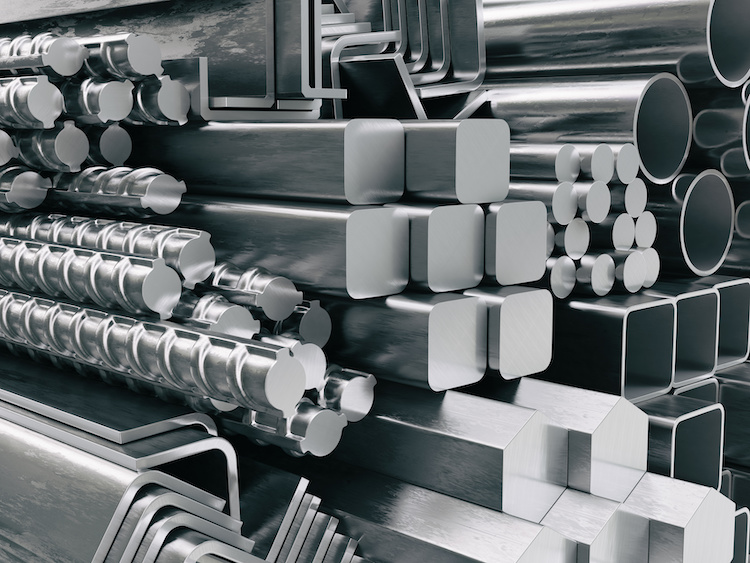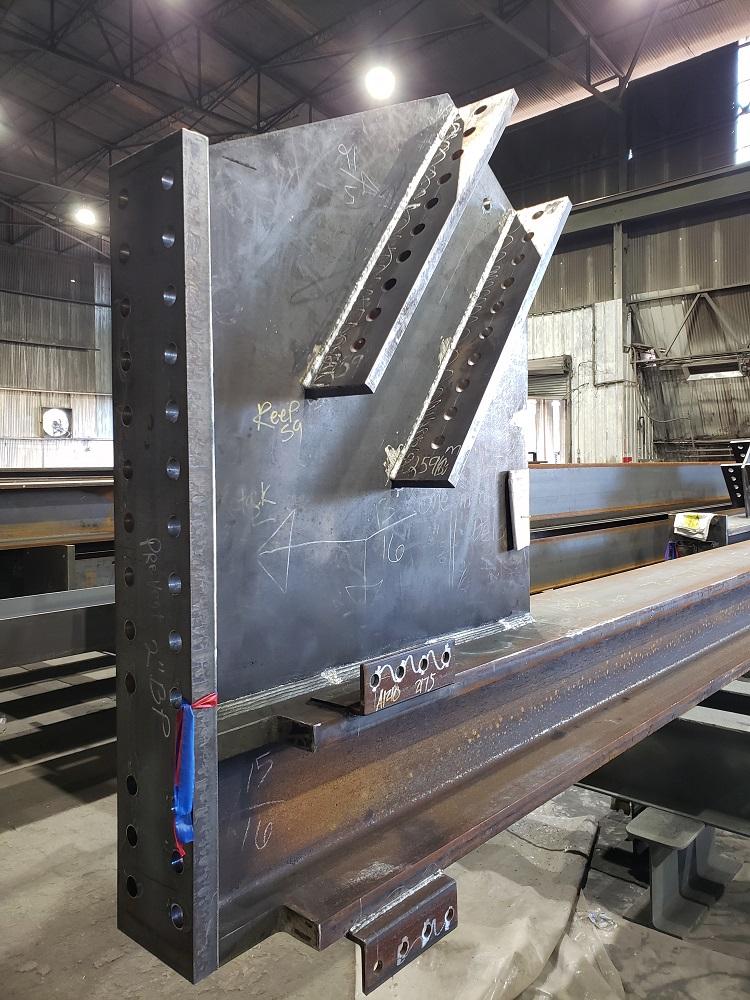Steel Fabrication Melbourne: Workmanship Fulfills Technology
Steel Fabrication Melbourne: Workmanship Fulfills Technology
Blog Article
Innovative Patterns in Steel Manufacture: Enhancing Toughness and Accuracy
In the realm of steel manufacture, the quest of durability and precision has actually led to a wave of cutting-edge fads that are improving the sector. These trends are not just shaping the present however also laying the groundwork for the future of steel fabrication, guaranteeing further enhancements in longevity and accuracy.
Advanced Welding Technologies
In the world of steel manufacture, the adoption of cutting-edge welding technologies has actually substantially revolutionized the industry's method to accomplishing remarkable top quality and accuracy in structural welds. Advanced welding innovations, such as laser beam of light welding and friction mix welding, have become game-changers in the area. Laser beam of light welding utilizes a concentrated laser beam of light to join steel components with amazing precision and speed, making it perfect for detailed layouts and slim products. On the various other hand, rubbing stir welding develops unbelievably solid bonds by mechanically intermixing the particles of the products at the joint, getting rid of the requirement for melting the steel. These modern technologies provide various benefits, consisting of minimized heat-affected areas, very little distortion, and improved mechanical buildings in the welded joints. By leveraging these sophisticated welding techniques, steel producers can boost the longevity, strength, and precision of their architectural welds, fulfilling the significantly requiring demands of modern-day building and construction jobs.
Robotic Automation in Fabrication
Welcoming robotic automation has actually come to be a cornerstone of contemporary steel manufacture techniques, improving and improving procedures performance across the sector. Robotics are transforming the method steel components are made, using exceptional accuracy and speed while reducing human error. These automated systems can take care of repetitive jobs with constant accuracy, leading to better output.
One key advantage of robot automation in steel fabrication is the capacity to function around the clock without tiredness, dramatically raising production outcome. This constant procedure lessens downtime and speeds up job timelines, ultimately saving costs for suppliers. Furthermore, robotics can be set to carry out intricate jobs that may be harmful or challenging for human employees, enhancing safety in the work environment.
Additionally, robotic automation makes it possible for seamless integration with various other digital technologies, such as computer-aided style (CAD) software and Web of Things (IoT) systems (steel fabricators melbourne). This interconnected method improves communication between various phases of construction, maximizing process and making sure real-time tracking and control. As the steel manufacture sector remains to progress, robotic automation stands apart as a transformative pressure driving efficiency and precision in manufacturing procedures

High-Strength Alloy Advancement
The improvement of high-strength alloy growth in steel fabrication is reshaping the industry's strategy to improving material toughness and efficiency. High-strength alloys are crafted to display exceptional mechanical properties, such as raised tensile strength, strength, and deterioration resistance compared to typical steel qualities. By integrating these sophisticated alloys into construction procedures, manufacturers can create parts that hold up against greater stress and anxiety levels and harsh environments, this article causing even more durable and trusted final result.
One key advantage of high-strength alloy advancement is the ability to reduce product thickness without jeopardizing structural stability. This not only causes lighter-weight elements yet also adds to cost savings and improved effectiveness in manufacture and assembly procedures. The boosted strength-to-weight proportion of these alloys enables for the style and building and construction of structures with higher load-bearing capacities while decreasing total weight.
3D Modeling and Simulation Software Program
Developments in steel fabrication processes have actually have a peek at this site been dramatically moved by the integration of cutting-edge 3D modeling and simulation software application tools. These devices allow fabricators to create comprehensive online versions of their projects, allowing them to imagine the final product with accuracy prior to any type of physical work starts.

Lasting Practices in Steel Manufacturing
Incorporating sustainable practices into steel production processes is vital for decreasing environmental impact and guaranteeing long-lasting resource schedule. One crucial sustainable method is the adoption of energy-efficient modern technologies to lower greenhouse gas discharges throughout the steel production procedure. This includes making use of eco-friendly energy resources, such as solar or wind power, to power steel plants and implementing energy-efficient devices to maximize energy usage.
Another essential aspect of sustainable steel manufacturing is the responsible sourcing of raw products. This includes guaranteeing that the iron ore and various other sources used in steelmaking are acquired from environmentally friendly and moral resources. By advertising transparency in the supply chain and adhering to strict environmental criteria, steel producers can lessen the adverse impacts of source extraction on regional communities and neighborhoods.

Final Thought
In verdict, the innovative fads in steel construction such as advanced welding technologies, robotic automation, high-strength alloy advancement, 3D modeling and simulation software, and lasting practices are improving the sturdiness and precision of steel products. These innovations are transforming the steel fabrication sector by enhancing sustainability, top quality, and performance. It is clear that the future of steel fabrication hinges on accepting these sophisticated innovations to satisfy the demands of contemporary construction and manufacturing sectors.
In the world of steel fabrication, the search of durability and accuracy has actually led to a wave of ingenious trends that are reshaping the sector.In the world of steel construction, the adoption of sophisticated welding innovations has significantly changed the industry's technique to accomplishing premium quality and accuracy in structural welds. As the steel fabrication industry continues to advance, robot automation stands out as a transformative force driving efficiency and accuracy in producing processes.
Moreover, recycling and reusing steel scrap and waste products play a considerable duty in boosting the sustainability of steel manufacturing. metal fabrication melbourne.In final thought, the ingenious patterns in steel construction such as sophisticated welding technologies, robotic automation, high-strength alloy growth, 3D modeling and simulation software, and lasting practices are enhancing the toughness and precision of steel items
Report this page